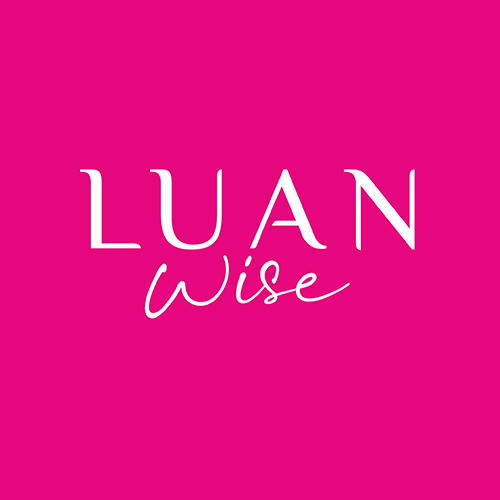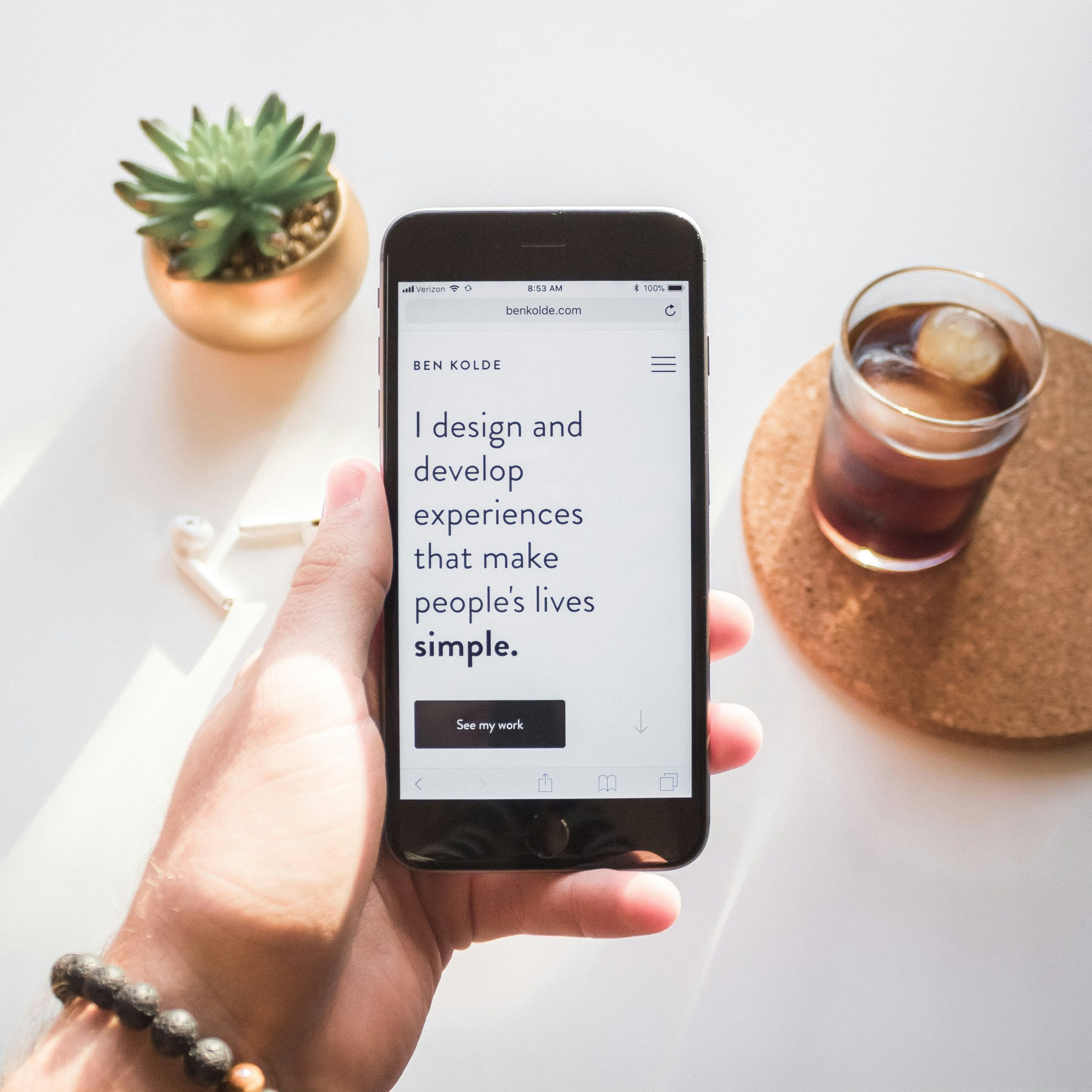The term ‘personal branding’ might seem like a new entrant in our marketing jargon. Put simply, it’s the art of infusing your personality into the content you create and showcase. It’s about curating a public persona and reputation that aligns with your career goals, personal values, and desired audience.
In September 2023 I hosted a panel discussion to debate the topic with Ella Orr, Helen Christopher, and Gunnar Habitz.
To watch the full session, head to YouTube here:
Unpacking Personal Branding
Ella highlighted how the term ‘personal branding’ often evokes an ‘ick’ for some, with many viewing it as inauthentic or overly commercial. At its core, personal branding is about visibility and positioning yourself as a go-to expert in a specific domain. It’s about answering key questions: What do you want to be recognised for? How do you differentiate yourself in the crowded marketplace?
Failing to carve out a distinct personal brand means risking obscurity, becoming the “best kept secret” in your field. It’s essential not to let your potential be limited by job titles and job descriptions; instead, it’s about understanding and communicating your unique strengths or ‘superpowers’. It also entails knowing your target audience intimately, from their challenges to their desires. A well-crafted personal brand can often be a key differentiator, ensuring meaningful conversations and genuine connections.
The Evolution of Personal Branding: Metrics That Truly Matter
According to Helen Christoper, the rise of personal branding has highlighted an essential shift from merely propagating employee advocacy, which often focuses on sharing company information, to establishing a genuine connection that aligns with one’s values. There are instances when representing an organisation could restrict the authentic portrayal of yourself, leading to potential contradictions or mismatched values.
When assessing your brand’s influence, it’s pivotal to establish benchmarks that resonate with genuine growth and not just superficial numbers. While platforms like LinkedIn allow us to cultivate organic networks, the essence of a connection should always outweigh numerical strength. The age-old adage of ‘quality over quantity’ rings true in this scenario.
Metrics that solely focus on likes or shares, especially since the pandemic, have revealed their limitations. Posts might garner fewer interactions, yet they might catalyse invaluable conversations offline, showing real impact. After all, a thoughtful message from a relevant individual is infinitely more valuable than a casual ‘like’ from an unknown entity. It’s tempting to get lured by the deceptive charm of vanity metrics, often promoted by social media platforms. However, for those in the business realm, the objective is clear: to instigate quality conversations leading to tangible outcomes.
Personal Branding Beyond LinkedIn
LinkedIn, as a professional platform, often becomes the theatre of this personal branding play. However, platforms like TikTok and Instagram are quickly emerging as influential spaces for showcasing expertise. Gone are the days when TikTok was solely associated with dancing and pointing; now, it’s evolved into a diverse platform where professionals, from marketers to legal experts, are sharing their knowledge and advice. If these platforms resonate more with the demographic you’re targeting, they can be pivotal in shaping your personal brand.
Video content can allow for a more personal connection, enabling individuals to discuss their profession or share insights directly with their audience.
The Multifaceted Nature of Personal Branding
Helen’s diverse work experience across multiple sectors highlights a critical aspect of personal branding on social media. Often, professionals feel obligated to continuously promote the company they’re associated with, especially when their sector of employment changes. This leads to a pertinent question: Does the audience always resonate with industry-specific topics? The truth is, most of them don’t.
Finding your online voice might be challenging initially and might feel like a leap out of your comfort zone, but the results are rewarding. Instead of focusing solely on product specifics or being constrained by one industry, the broader themes that resonate across sectors can also be impactful.
For instance, when Helen Christopher transitioned industries, she turned her experiences and insights into a blog. To her surprise, the piece garnered massive attention, especially from young marketers. It not only showcased her adaptability, but also provided valuable advice to those looking to diversify their careers. The takeaway? Personal branding transcends mere product promotion; it’s about sharing genuine experiences, insights, and knowledge that resonate with a wider audience.
How to Balance Corporate Brand and Building Your Personal Brand
The lines between personal and corporate branding have become increasingly blurred. Yet, there’s undeniable power in leveraging employee advocacy, which can drive growth more effectively than company page content. The analogy of a three-legged stool can aptly illustrate the harmonious intertwining of personal and corporate branding.
The three essentials? A strong network of relevant connections, a well-curated profile, and consistent, quality content.
While it’s essential to have an influential network and an impeccable profile, these assets remain futile if you remain merely a passive observer or ‘lurker’ on social media. Engaging content is the staple of effective personal branding. And for many, especially those just beginning to dip their toes into the sea of social media or those who’ve spent years in traditional industries, this can be a daunting endeavour.
The key is to start small. Begin by sharing company content, adding your unique perspective, or offering personal insights. As confidence grows, you can progress to more original contributions on your personal profiles.
Interestingly, authenticity trumps polish. Often, spontaneous posts, even those without the most refined imagery or grammar, generate more engagement. Perhaps because they resonate more genuinely with the audience, offering a window into the poster’s real-life experiences and thoughts. Contrarily, posts with stock images, while polished, might come across as contrived or distant.
In essence, the dance between corporate and personal branding is a delicate one. It’s not just about showcasing professional accomplishments or company milestones. It’s about narrating stories, sharing experiences, and being genuinely human. And at its core, it’s about authenticity. In an age saturated with information, being true to yourself isn’t just recommended; it’s imperative.
How to Find Your Authentic Voice
Finding your authentic voice online is an odyssey worth undertaking. A good starting point is a simple observation exercise. By immersing yourself on social media platforms you can identify posts that work for you, and one that don’t – to help you develop your own style.
Interestingly, the posts that resonate the most with her audience aren’t heavily corporate ones, but rather simple recounts of her personal experiences, like attending events or interacting with industry peers. These posts, candid and relatable, make it easy for her network to engage.
Yet, it’s not just about sharing; it’s about engagement. For those hesitant about posting, remember that commenting is an equally powerful tool. It subtly amplifies your online presence.
Key Takeaways for Effective Personal Branding
- Build a Trusted Network: Cultivate a supportive online community that you can consult with and get feedback on your content.
- Consistency is Key: To stay top of mind with your audience, maintain a consistent posting schedule, whether it’s daily, weekly, or monthly. Remember, patience is essential in the realm of personal branding, as building your presence can take time.
- Control Your Narrative: Everyone has a personal brand, so it’s important to give it some careful consideration if you’re active on social media, and attending business networking events.
- Turn Branding into Habits: Structure your personal branding activities like building Lego bricks. First, build the brand’s foundation, then engage in connecting, creating content, commenting, and converting. Regularly reassess your brand and adjust accordingly. Think of platforms like LinkedIn as your daily newspaper where you’re the editor, curating content that aligns with what you want to be known for.
- Authenticity: Be genuine in your interactions and the content you share. Your audience can easily discern between genuine content and a facade. Engage in topics that genuinely interest you and resonate with your values. Authenticity aids in building trust and meaningful business relationships.
About the Personal Branding Panel:
Ella Orr, once a dedicated teacher for 30 years in the UK, took a bold leap into the world of social media marketing in 2017 and became a personal branding coach and social media trainer. Ella guides individuals and businesses to be memorable to their ideal clients, utilising her unique teaching-inspired approach. Today, besides running her consultancy, she shares her expertise in masterclasses, podcasts, and summits, embodying a passion that speaks volumes about her journey.
Helen Christopher, an internationally experienced marketer, with over two decades as a board-level marketing executive, has been deeply ingrained in the corporate world. Now, alongside consulting various companies and helping various startups scale quickly through marketing, she also manages her own business.
Gunnar Habitz boasts a diverse marketing background, transitioning from ‘analogue marketing’ during his 16 years at Hewlet Packard in Switzerland, to embracing digital marketing. His journey took an unexpected turn in 2016 when he moved to Sydney. Though familiar with the Swiss counterpart, Xing, Gunnar found LinkedIn to be an invaluable tool for personal brand building and strategic networking in his new Australian life. Gunnar is the author of .

